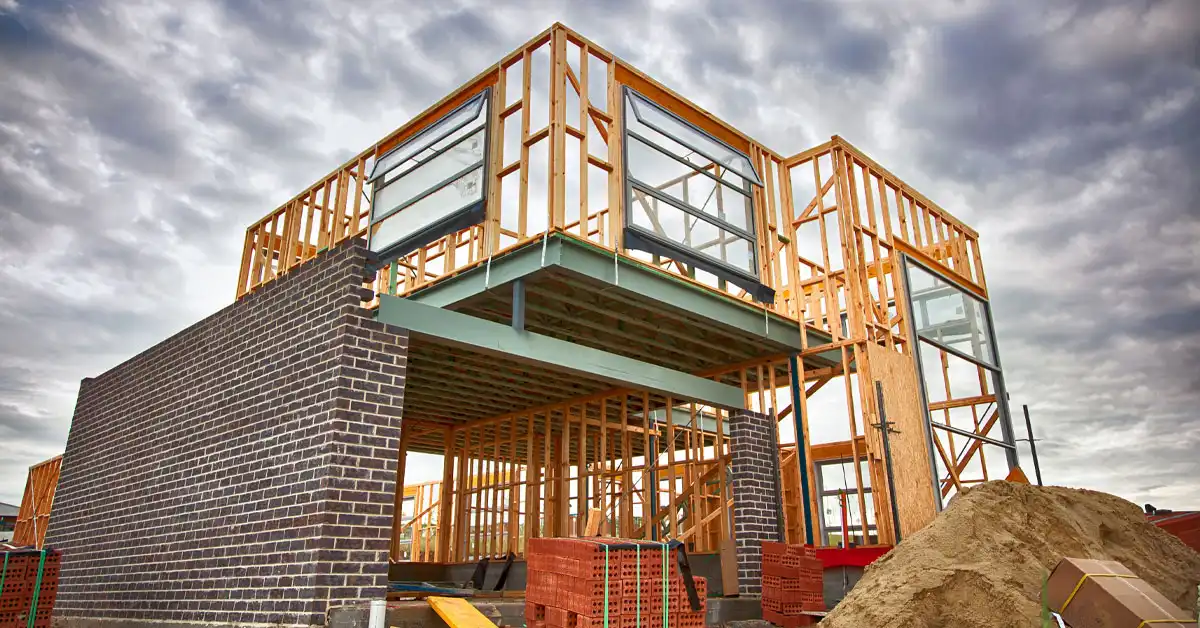Avoid common pitfalls that eat into profits. A must-read for anyone preparing quotes in-house.
Top 5 Estimating Mistakes Builders Make
Accurate estimating is one of the most important aspects of running a successful construction business. It directly impacts whether you win jobs, make a profit, and maintain your reputation. However, even experienced builders can fall into common estimating traps that cost time, money, and client trust. In this post, we’ll break down the top 5 estimating mistakes builders make—and how you can avoid them.
1. Underestimating Labor Costs
Labor is one of the most variable and costly parts of any construction project, yet it’s often misjudged. Builders may base estimates on best-case productivity or outdated rates, overlooking factors like weather delays, skill level, or availability of workers. Underestimating labor can quickly eat into your margins and cause delays if you need to bring in extra help.
How to Avoid It:
Use real-world data from past projects to guide your labor estimates. Factor in potential delays, fatigue, and required overtime. It’s always better to overestimate slightly and come in under budget than to be caught short.
2. Missing or Overlooking Scope Items
It’s surprisingly easy to forget small but critical parts of a job—such as site prep, waste removal, or special finishes. These items may seem minor individually, but they can add up quickly and cause budget blowouts. Worse, if you didn’t include them in your proposal, clients may expect them for free.
How to Avoid It:
Use a checklist or estimating template that includes all common construction elements. Review drawings and specifications carefully, and don’t be afraid to ask questions if something isn’t clear. A second set of eyes can also help catch missed items.
3. Relying on Outdated Pricing
Material costs fluctuate constantly due to market conditions, inflation, and supply chain issues. Quoting based on old supplier rates or outdated cost databases can result in a bid that’s too low to cover expenses—or too high to be competitive.
How to Avoid It:
Always request up-to-date quotes from suppliers for key materials, especially when dealing with volatile categories like timber, steel, or concrete. Many estimating software tools integrate live pricing updates, which can be a valuable investment.
4. Not Allowing for Contingencies
Every project has a degree of uncertainty—whether it’s hidden site conditions, design changes, or weather impacts. Builders who fail to include a contingency amount in their estimates leave themselves exposed to unexpected costs that can’t be recovered.
How to Avoid It:
Include a realistic contingency—typically 5–10% of the total cost—based on the project type and risk level. Be transparent with clients about what it covers, and adjust the percentage if the design is still evolving or the project is particularly complex.
5. Rushing the Estimating Process
Tight deadlines, last-minute tenders, or pressure to get the quote out quickly often lead to rushed estimates. When accuracy takes a back seat to speed, errors multiply—and profit margins disappear.
How to Avoid It:
Build in adequate time for every estimate. If you’re short on internal resources, consider outsourcing to a professional estimator. A well-prepared quote is always more valuable than a rushed one, even if it means missing a job now to win better ones later.
Final Thoughts: Accuracy Over Assumption
Estimating is both an art and a science—and mistakes can be costly. By recognizing the most common pitfalls and committing to a more disciplined estimating process, builders can protect their margins, improve project outcomes, and strengthen client trust.
Avoiding these five common estimating mistakes won’t just help you win more jobs—it’ll ensure those jobs are profitable and delivered with confidence.

